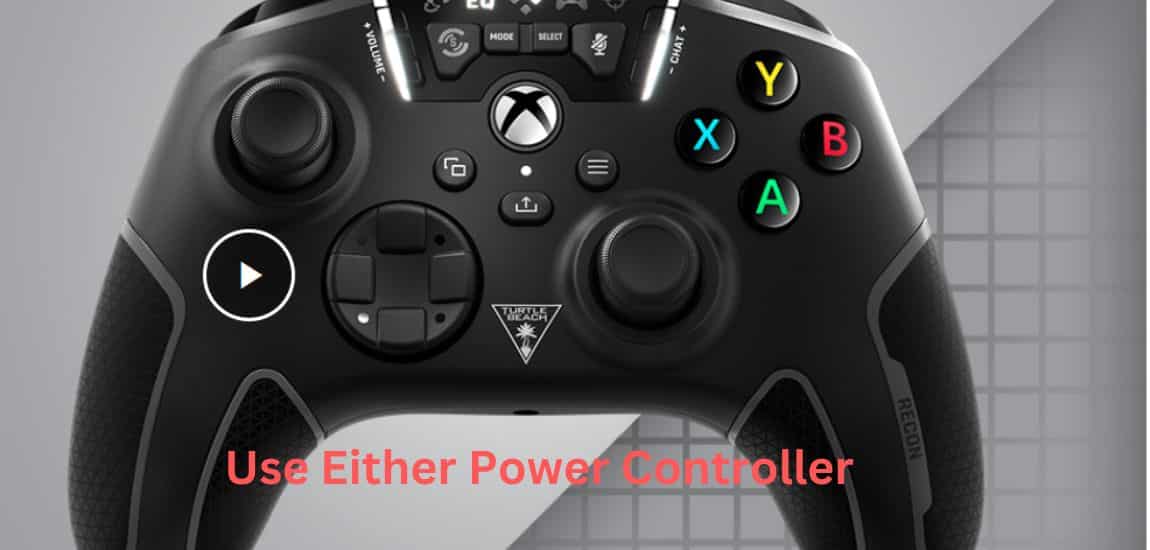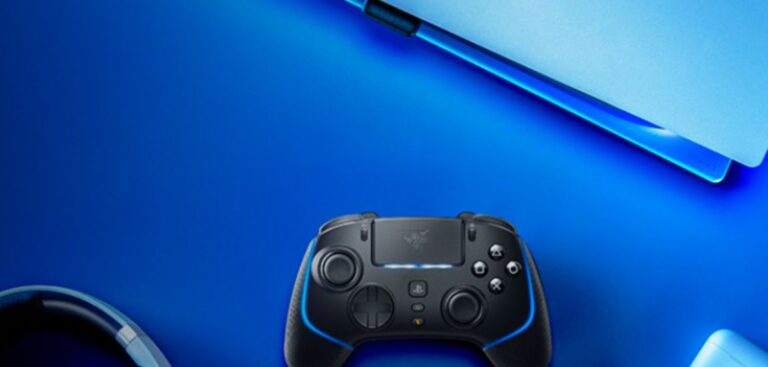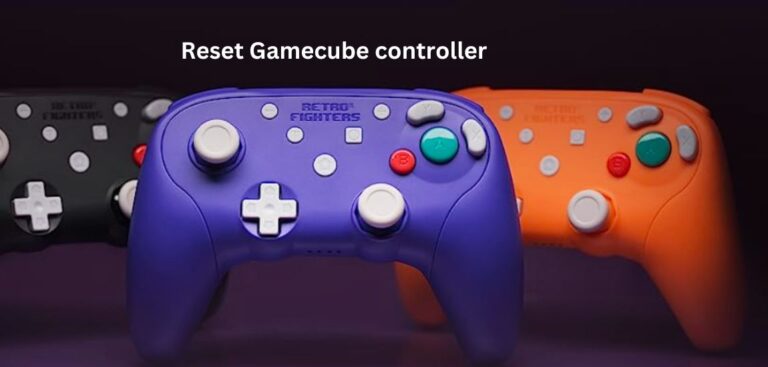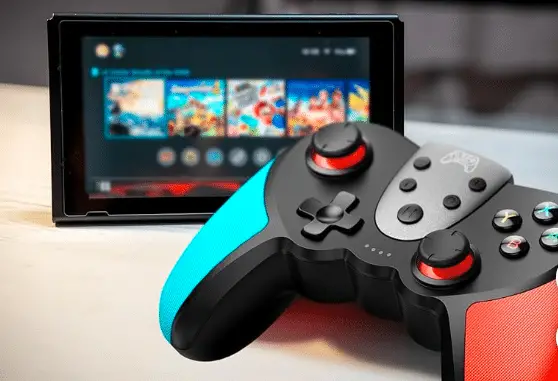Valheim How To Use Either Power Controller
Have you ever found yourself frustrated trying to connect multiple power sources in Valheim? Things can get complex fast when linking together chains of generators, especially if you want to maximize their output. That’s where Valheim’s power controllers come in handy! In this guide, I’ll explain exactly Valheim How uses either a Power Controller or these incredibly useful devices to take control of your Viking settlement’s energy needs.
An Introduction to Valheim Either Power Controller
Power controllers are machines that can regulate and combine the output of your various power sources like windmills, water wheels, and smelters. They help you split and distribute power efficiently between structures.
There are two types of power controllers in Valheim:
The Power Node
This small device connects up to 4 power sources together into one output. For example, you could link a windmill, water wheel, smelter, and kiln to a power node so their outputs combine.
The Power Switch
As the name suggests, this allows you to switch the power flow between two different outputs. You can prioritize certain machines or parts of your base by flicking the switch.
Both are extremely handy additions to any budding Viking settlement. Let’s look at how to use them effectively.
Setting Up Your First Valheim Either Power Controller
Power nodes are simple to use but do require some planning.
First, you’ll want to place the node centrally between the power sources you wish to link up. Make sure all the power sources have a direct line of sight to the node.
Next, connect them with power cables. You’ll see indicators on both the node and generators showing if they have a connection.
Once everything is linked, the node will intelligently combine all the power into a single output. You can then run cables from the node to distribute electricity however you wish.
Some tips for optimal results:
- Space generators are 2-4 meters apart from the node. Any further cables may not reach.
- Make sure power sources face directly towards the node. At certain angles, cables may not connect.
- Use the hoe to flatten the ground between machines if necessary. Cables can’t run over uneven terrain.
- Upgrade cables if you have many long cable runs from the node. Higher grades like iron or stone prevent power drain.
With some experimenting, you’ll have a power node efficiently channeling energy in no time!
Getting Strategic With Power Switches
While power nodes are great for combining multiple power sources, switches give you more precise control over electricity flow.
Some clever ways to use them:
- Create a priority power line for machines like smelters that need constant maximum power. Just flick the switch to redirect energy as needed.
- Use switches to isolate your base’s power grid. You can have one line running non-essential buildings like lights, while another powers critical structures and defenses. Shut off sections you aren’t actively using to save fuel.
- Build emergency backup power banks with a separate generator or two. Keep them disconnected until your main grid fails.
- Run a power line out to a forward operating base. When you’re back home, cut the flow using the switch. No wasted energy!
Power Switch Connection Tips
- You can only connect 2 power sources to a switch, one per output. For combining more sources, use a node.
- As with nodes, make sure generators connect to the switch via a direct line of sight.
- Outputs are labeled IN and OUT. Make sure lines from generators go to the IN side.
- Connect a storage chest to the OUT line for easy access when repairing connections.
- Build switches indoors or under roofs. They (and cables) are vulnerable to damage from storms and monsters!
With this knowledge, you can start implementing advanced power grids across every corner of the 10th World. Just don’t let all that energy go into summoning Yagluth too soon!
Top 5 Mistakes to Avoid When Using Valheim Either Power Controller
Valheim’s power controllers open up a wealth of options for managing your settlement’s energy grid. However, they can also quickly become convoluted and confusing if you don’t use them carefully. Take note of these common mistakes when working with power nodes and switches:
1. Not paying attention to the line of sight – Generators must have an unobstructed view of nodes and switches for the cables to connect. Make sure hills, buildings, or trees aren’t blocking the path.
2. Assuming bigger cables = more power – Higher tier cables like iron or stone don’t actually increase how much power is transmitted. They extend the maximum distance energy can travel without draining.
3. Overloading a node – While you can theoretically connect infinite generators to a node, performance suffers after 4-5. Split up large grids into multiple smaller nodes.
4. Running cables too far – Power drains rapidly over longer cable runs. Try to keep generators, nodes, and switches centralized if possible. Upgrade cables to better tiers.
5. Forgetting storage chests – Can’t tell you how many times I’ve wanted to make changes but cables were obscured underground. Connect chests!
Creative Ways to Use Power Controllers in Your Bases
Part of the fun of Valheim is coming up with unique architectural ideas. Here are some creative ways to utilize power controllers as more than just functional tools:
- Build a dam spanning a river and use nodes to consolidate power from multiple water wheels. Runs cables along the structure.
- Create covered power cable trenches leading to and from nodes to keep your settlement looking organized.
- Use switches as easily accessible master cutoffs right inside your base entrance rather than having to hunt for nodes outside.
- Design power facilities around natural features like lakes or mountains. Make them visible centerpieces rather than hidden eyesores.
- Elevate key nodes and switches on stone platforms to avoid damage during raids. Looks great too!
- For a huge statement piece, construct a massive central tower node connecting cables from generators across your territory.
Don’t be afraid to get inventive with how power controllers fit into the aesthetics of your base. Function meets form!
Troubleshooting: Dealing With Overload
So you’ve built an elaborate power grid fueled by a mix of sources like wind, water, and smelters. You’ve got nodes splitting and switches directing energy just right to keep those furnaces burning and lights blazing all through the night. But suddenly, blackout! What happened?
In most cases, your system is simply overloaded. Here are some tips to prevent outages and get things running again:
- Check for any damaged or disconnected cables. Storms and monsters love severing wires.
- Make sure generators aren’t blocked or obstructed. Windmills and water wheels need freedom of movement to operate.
- Look for overloaded nodes. As previously mentioned, 4-5 generators per node is optimal. Spread the load if needed.
- Evaluate cable distances. Long runs cause drainage. Upgrade wire types or add another nearby node.
- Destroy and then rebuild connections to nodes and switches. Cables sometimes glitch out and need a fresh start.
- As a last resort, destroy nodes completely, spacing things out better when rebuilding from scratch.
With Valheim’s lack of manual saving, a blackout can mean lost progress and items, especially around furnaces. Avoid disaster with close monitoring of your power grid!
In Summary
Hopefully, this guide has provided you with a solid working knowledge of Valheim’s power controllers. Here are the key takeaways:
- Power nodes combine and output energy from multiple generators.
- Switches allow you to precisely redirect electricity flow between outputs.
- Plan layouts and cable runs carefully to maximize efficiency.
- Avoid overloading nodes and limit long cable distances.
- Get creative with how power grids are incorporated aesthetically into bases.
- Monitor your systems closely and be ready to troubleshoot overloads.
Though it may take a bit of experimentation, power controllers are ultimately very intuitive tools. Once mastered, you’ll have unlimited energy to build your Viking domain and conquer the wilds of Valheim in comfort!
Last Updated on 23 August 2023 by Ray Imran

Controller Review, founded by Ray Imran, is a premier online platform delivering comprehensive insights and unbiased reviews of gaming controllers and peripherals. Established in 2023, it has grown into a trusted resource, guiding gamers and tech enthusiasts with rigorous testing and up-to-date information about the latest gaming innovations.







